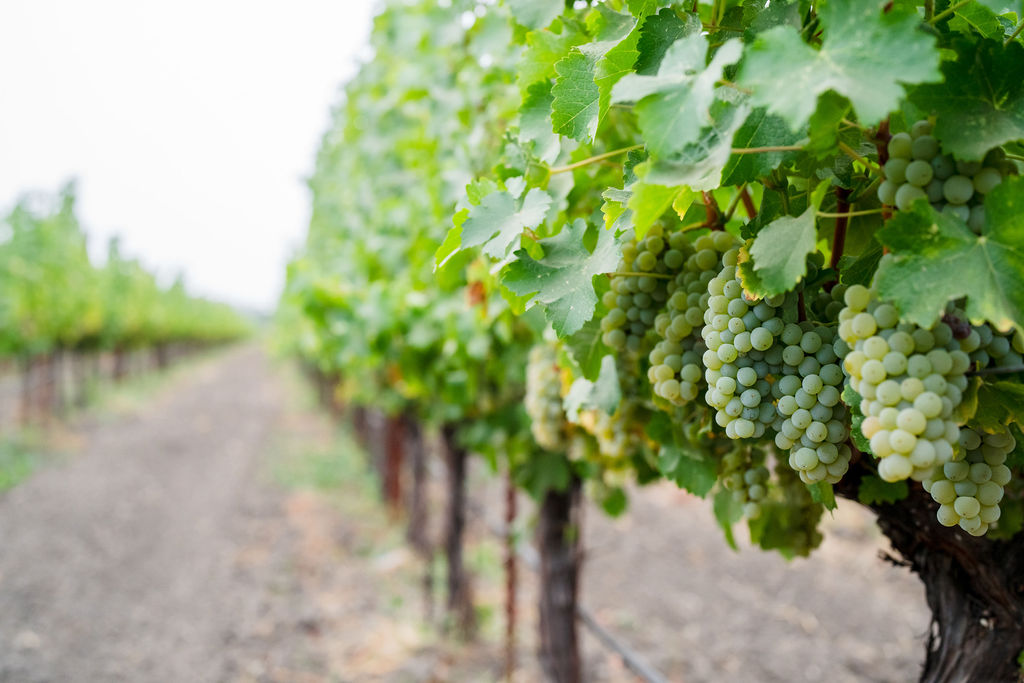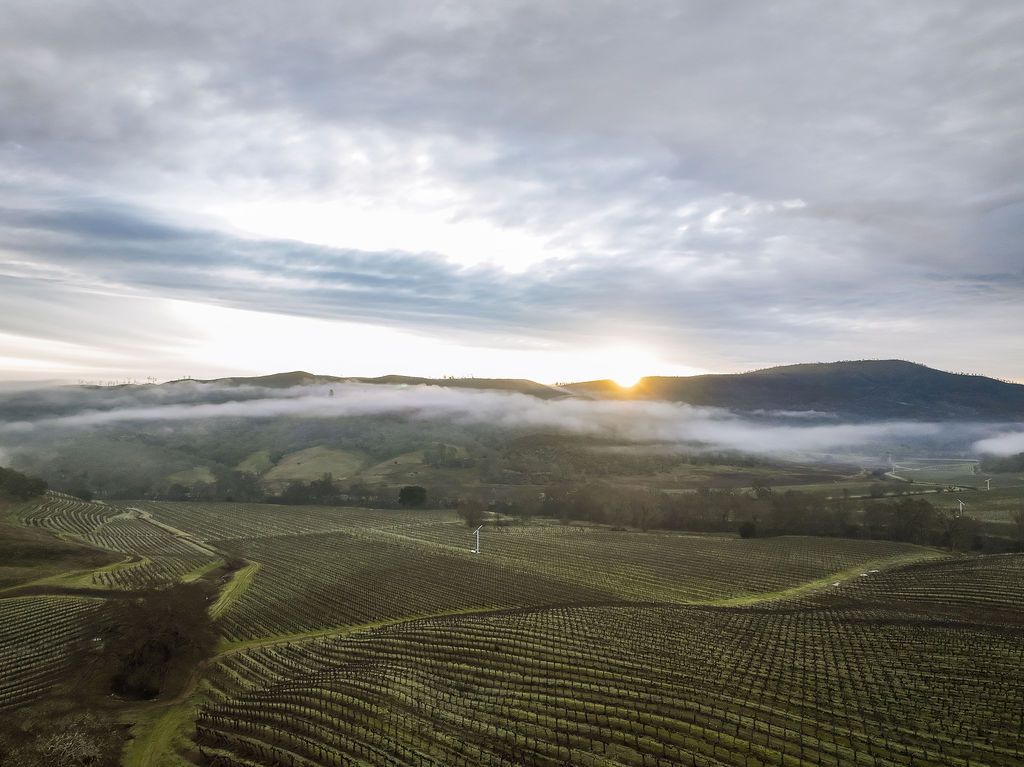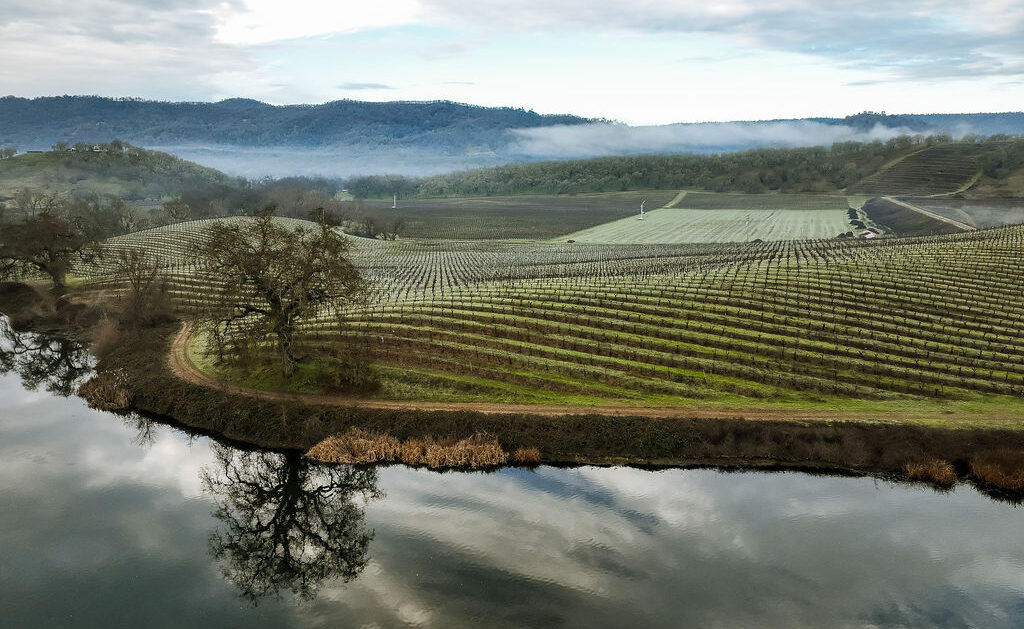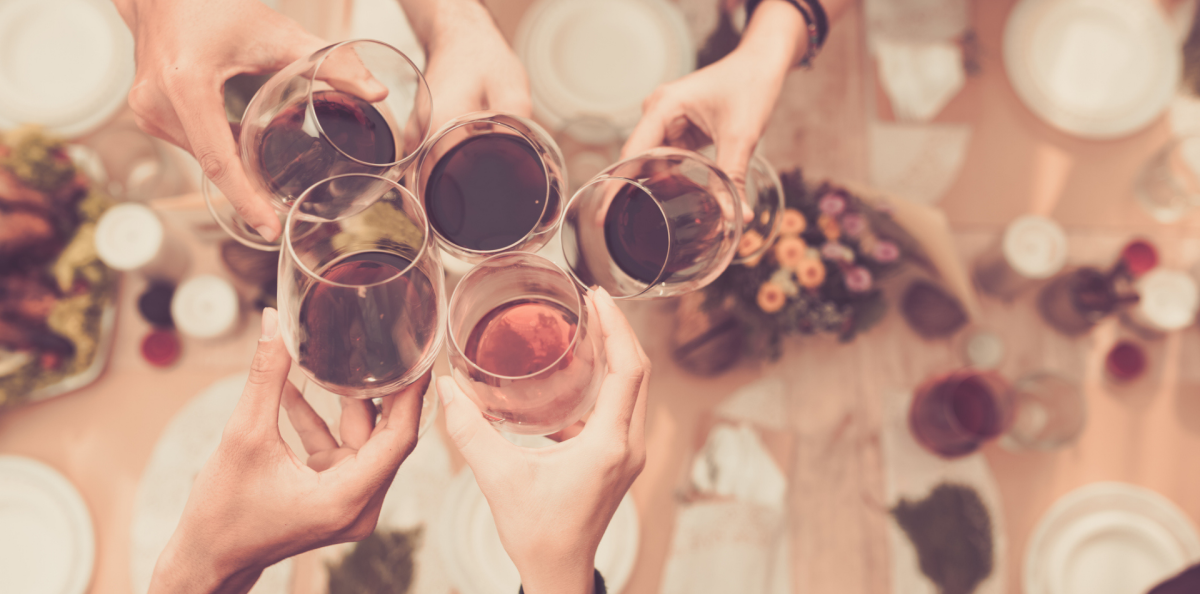Hosting a tasting party is a fabulous way to expand your palate while having fun with friends, and you don’t have to be an expert to do it. All it takes is a little planning and some easy-to-gather supplies.
Step 1: Choose a Theme
This could be anything from “Wines Made by Women” to “New World Bordeaux-Style Blends”—the options are practically endless. Here are a few of the most common themes to get you started:
Regional Spotlight
Highlight the wines from a particular region or appellation, such as the Napa Valley or the Champagne region of France. See if you can detect any common threads running through the wines, such as a particular aroma or style.
Grape Expressions
Choose wines from different parts of the world made from the same grape variety, i.e. Sauvignon Blanc or Pinot Noir. Explore how the grape expresses itself in each region.
Vintage Vertical
Buy a succession of vintages of the same wine, and taste them from oldest to youngest to see how they compare. (Tip: Many wineries sell multiple vintages of “library wines.”)
Wines can be tasted blind—with the labels hidden—or out in the open. (For a blind tasting, place the bottles in numbered wine bags to conceal their identities, or simply wrap them in aluminum foil.) Blind sampling is best for taste-offs, such as Old World vs. New World Cabernet Sauvignon.
Step 2: Gather Supplies
Once you’ve decided on the theme, it’s time to go wine shopping. While it may be tempting to take a “the more the merrier” approach, too many options can overwhelm your guests and lead to palate fatigue. Four to six wines is the sweet spot. Calculate a half bottle per person for each wine, so you’ll have leftovers to enjoy with your friends after the formal (or informal) tasting is finished.
Along with wine, you’ll need a few other items for a successful tasting:
Glassware – Guests should have one glass for each wine they’ll be tasting. If you don’t have enough glasses (most people don’t), enlist the help of your fellow tasters, or rent inexpensive wine glasses from a party rental company. (Rental bonus: You don’t have to wash the glasses before you return them!)
Tasting Mats – It’s helpful to have placemats that let guests know the order in which the wines should be tasted. You can buy them from online retailers or party supply stores, or if you’re feeling crafty, make your own. White is the best color for placemats, because they allow tasters to clearly see the color of the wines.
Wine Aroma Wheels – These handy sensory evaluation tools help tasters identify aromas and flavors in wine. Laminated versions are available at AromaWheel.com.
Notepads and pens – Encourage guests to take notes as they taste.
Palate-cleansing snacks – Stick with plain crackers or baguette slices during the tasting. Highly seasoned foods can alter the flavor of the wines.
Spit cups – Have opaque spit cups (i.e. plastic Solo cups) available for tasters who wish to limit their wine intake.
Step 3: Set the Stage
Chill the whites for at least 20 minutes before the party and open the reds to allow them to breathe a bit. If you’re tasting blind, remove the capsules from the tops of the bottles and conceal the labels to hide the wines’ identities.
Pour the wines (about 2 ounces per glass) in the order they will be tasted, from left to right. The rule of thumb is whites before reds, light before heavy and dry before sweet. For example, in a white wine tasting you would first taste dry sparkling wines, then Sauvignon Blanc, then Chardonnay. For reds, you’d begin with Pinot Noir and work your way up to Cabernet Sauvignon or Syrah. Sweeter wines, including Moscato and Port, should be tasted last.
Step 4: Evaluate the Wine
Now comes the fun part: tasting the wines. There are three basic steps in the process:
First, look at each wine and asses its clarity and color. If the wine is red, is the color a deep maroon or does it have more of a purple hue? Is it clear or cloudy?
Next, smell the wine and consider the aromas. Do you detect fruits, herbs, minerals? (Consult the aroma wheel if you need help with descriptors.)
Finally, taste the wine and let it cover your entire palate. What flavors do you perceive? What is its texture like? Does the taste linger in your mouth?
While guests are tasting, encourage them to take a few quiet moments to jot down notes. Take time between each wine to discuss what everyone is seeing, smelling and tasting. (Remember that there are no wrong answers. Wine tasting is a subjective experience.)
Step 5: Enjoy the Aftermath
Now is the time to bring out any food you’ve prepared in advance and set out the leftover wines so guests can help themselves. (Bonus points for choosing recipes that pair with the wines or party theme.)








